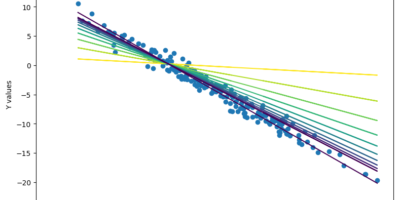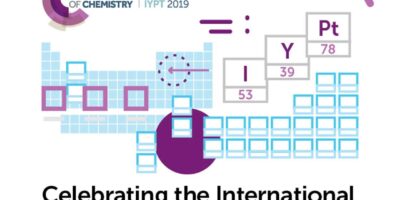Everyone knows just how annoying Wi-Fi can be sometimes – while the theoretical top speed of Wi-Fi, using the networking standard 802.11ac, ranges from 433 megabits per second (Mbps) all the way to just above 1 gigabit per second (Gbps), most of us here in Canada are stuck at a top bandwidth of 250 Mbps for downloads and 20 Mbps for uploads, and that’s Rogers’ most expensive package. Furthermore, most networks are still using the networking standard 802.11n, which has much lower top speeds. For instance, here at the University, which uses 802.11n, we’ve only got a download bandwidth of 25 Mbps. While that’s good enough for most uses, things start to get slow as soon as more than 3 people start watching Netflix in a room. So what if there were another technology able to deliver consistent speeds more than 50 times faster than the current national average?
Enter Li-fi. As opposed to Wi-Fi, which uses radio waves to transmit data, Li-Fi uses visible light waves. According to Dr. Harald Haas, who coined the term “Li-Fi”, this technology was developed primarily in response to “cluttered” radio networks – Wi-Fi has a limited radio wave spectrum it is allowed to use, and the whole width of this spectrum is quickly being occupied. The light spectrum, on the other hand, is massive compared to the radio spectrum – so why, he thought, not use the light spectrum instead?
The way Li-Fi works is by flickering the light from an LED at a very high frequency (too fast for the human eye to detect), thereby transmitting binary data through the LED. The data would be transmitted not only through a single data stream, but through thousands of simultaneous data streams in parallel. Theoretically, Li-Fi should be able to achieve speeds of up to 223 Gbps, and in the lab, researchers have already reached data speeds of over 10 Gbps, which is like the speed of light (sorry) compared to even the fastest Wi-Fi.
Start-ups have already grown out of this new technology. Velmenni, an Estonian start-up, is already engaged in pilot projects to test the effectiveness of Li-Fi in the office. They’re reporting speeds of over 1Gbps – matching the speeds of the best Wi-Fi connections.
Some obvious drawbacks to Li-Fi include interference from objects blocking the light source, ambient light interfering with the signal, and the fact that light can’t travel through walls. Furthermore, Li-Fi can easily transmit data to consumer devices, such as smartphones or laptops, allowing them to download information, but uploading information from a device back to a router might present an issue. Until researchers find a way past these issues, Li-Fi might only be used to supplement the current Wi-Fi networks. However, the pursuit of faster and faster internet speeds will surely lead to advances in this budding field of network technology.




Leave a Reply